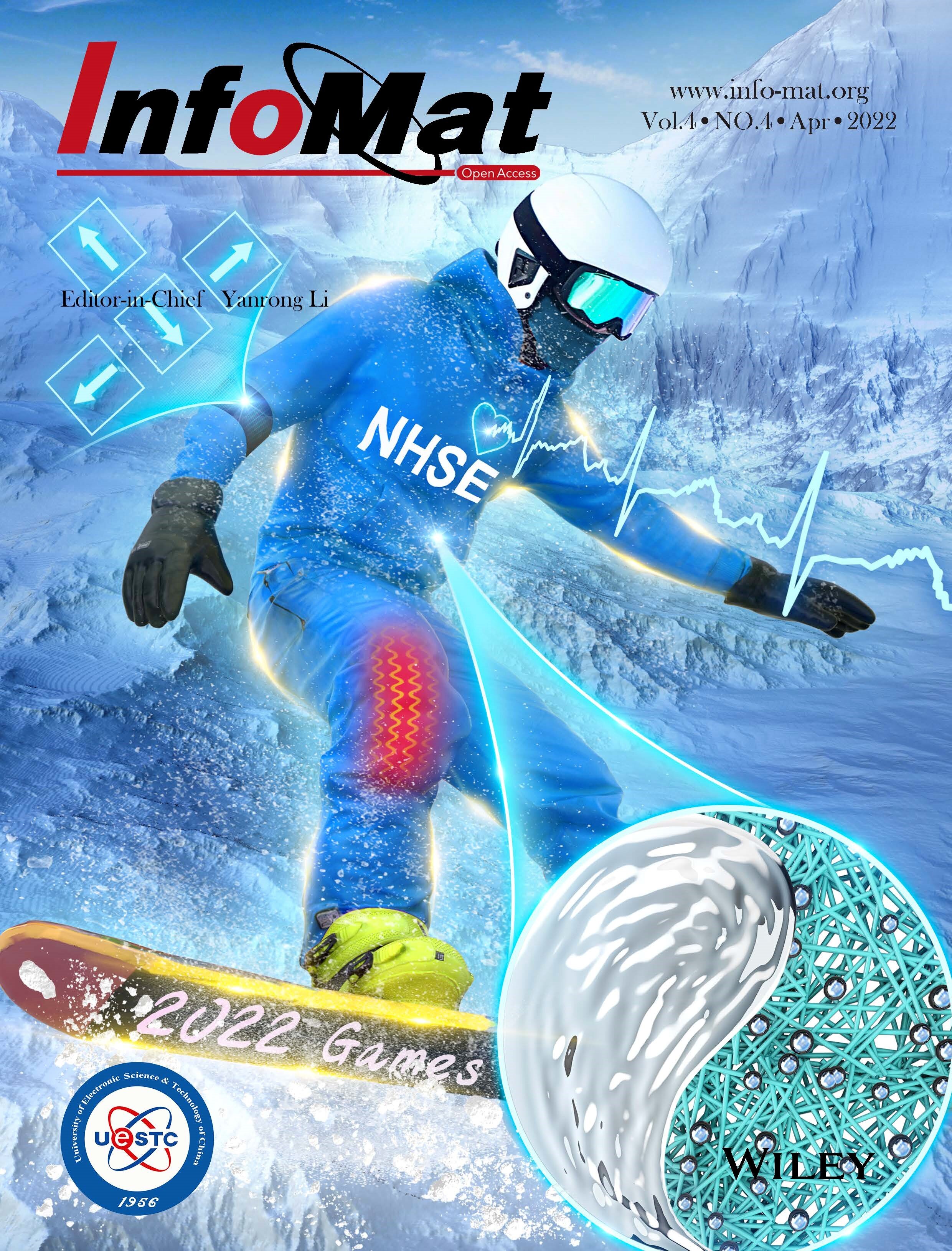
Chinese Scientists Develop Artificial Skin for Robotic ApplicationsChinese Scientists Develop Artificial Skin for Robotic Applications In a breakthrough advancement, Chinese scientists have developed an artificial skin for robotic applications that mimics the complex structure and functions of human skin. This breakthrough could revolutionize the field of robotics by enabling robots to interact with the physical world more effectively and naturally. The artificial skin, developed by a team of researchers at the University of Science and Technology of China (USTC), consists of a soft, flexible base material embedded with a network of sensors and actuators. These sensors can detect various stimuli, including touch, pressure, temperature, and humidity, while the actuators allow the skin to respond by changing its shape, color, and texture. Inspired by the intricate anatomy of human skin, the researchers designed the artificial skin to have multiple layers, each with distinct properties: * Epidermis: The outermost layer provides protection, hydration, and contains sensory receptors. * Dermis: The middle layer consists of collagen and elastin fibers, contributing to strength and elasticity. * Subcutaneous Tissue: The innermost layer stores energy and cushions the skin from impacts. The artificial skin is highly sensitive and can detect subtle changes in pressure, even those as light as a human whisper. It can also distinguish between different types of touch, such as caressing, pinching, and tapping. This advanced sensory capability enables robots equipped with the skin to interact with objects and humans with greater precision and dexterity. In addition to its sensitivity, the skin also has self-healing capabilities. If damaged, it can repair itself through a process similar to that of human skin. This feature enhances the durability of robots and reduces the need for frequent maintenance. Furthermore, the researchers integrated temperature sensors into the skin, enabling robots to perceive the temperature of objects they come into contact with. This ability has applications in tasks such as object recognition, food handling, and medical examinations. The development of this artificial skin has opened up exciting possibilities for the advancement of robotics. It will allow robots to navigate complex environments, interact with humans in more intuitive ways, and perform tasks that require a high degree of sensitivity and precision. Potential applications of the artificial skin include: * Haptic communication in human-robot interaction: Robots can convey emotions and provide feedback through tactile sensations. * Prosthetics and assistive devices: Artificial limbs and assistive devices can be equipped with the skin to enhance the user’s sense of touch and control. * Soft robotics: Robots made of soft materials can utilize the skin to deform and conform to objects, enabling a wider range of movements and tasks. The advancement made by Chinese scientists in developing this artificial skin represents a significant step towards the creation of more intelligent and capable robots that can seamlessly interact with the physical world and improve our daily lives.
Posted inNews